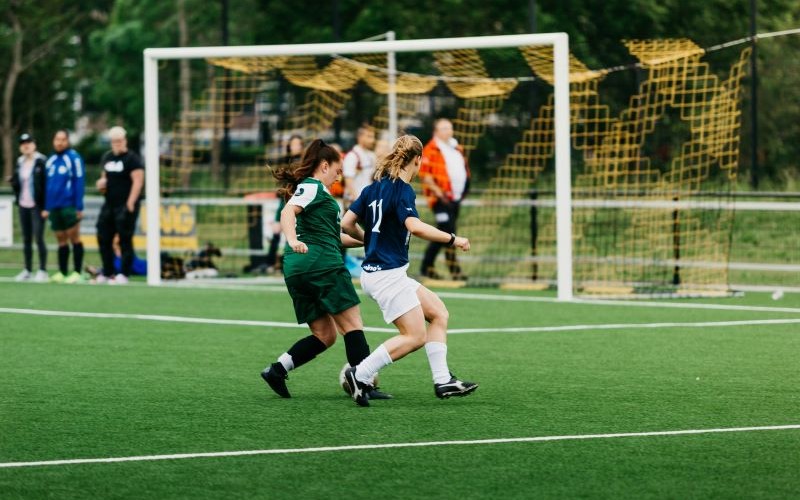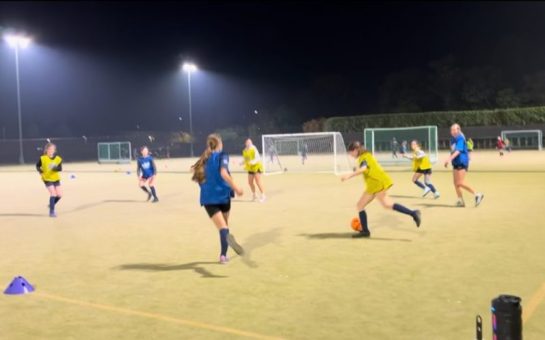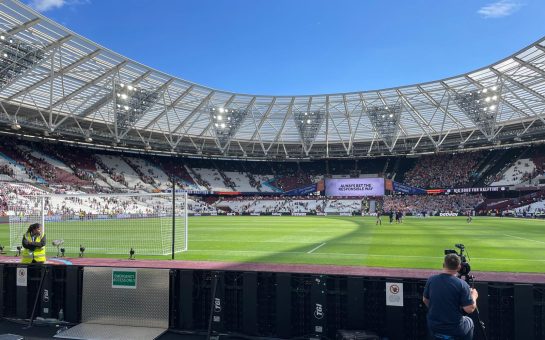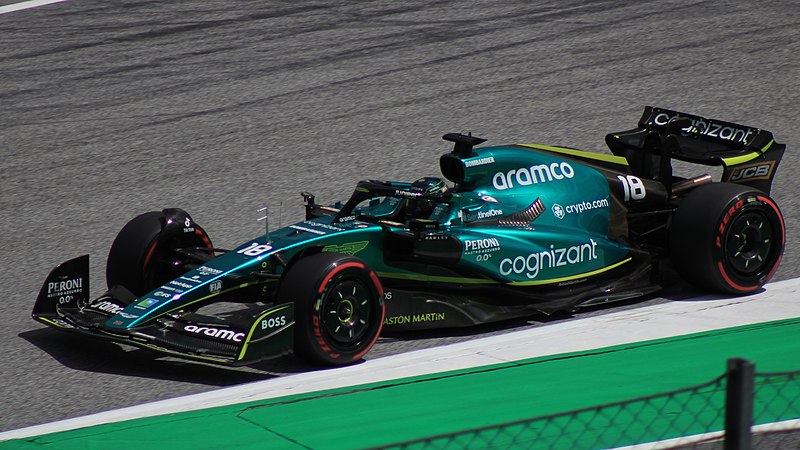In recent years there has been rising concern and media speculation surrounding ACL injuries in women footballers, with the high profile trio of Leah Williamson, Beth Mead and Sam Kerr all suffering from an ACL rupture.
Many surgeons and physiotherapists overwhelmingly see the impact of the lack of certainty and understanding around the ACL in women’s football.
In March, the world observed female footballers at elite level playing on muddy pitches.
The Subway Women’s League Cup Final at Derby County’s Pride Park and Arsenal’s match against Real Madrid in the Champions League quarter-finals at Estadio Alfredo Di Stéfano illustrated how much pitch conditions can influence a football game’s outcome.
Both games saw outrage from fans, managers, players, and ex-footballers alike, but the medical profession has yet to find a strong, concise link between pitch conditions and ACL injuries.
Carolyn Kent, a musculoskeletal (MSK) specialist physiotherapist, said: “We know that players perceive a pitch as risk.
“When they go out there before the game, they look at the pitch and they decide whether it’s a good or bad pitch.
“If they perceive that the pitch is potentially going to injure, are they going to go out there and change the way they move or do things differently because they’re nervous about the pitch?
“I can find conflicting evidence – we know you can get injured on a grass pitch.
“We know you can get injured on an artificial turf pitch now from the male evidence data: but the data that we can’t say is that females are more at risk.”
This all points to the need for more female-specific research, which is gradually being developed.
Sarah Bolton, an orthopaedic surgeon specialising in soft tissue knee surgery and currently on the female ACL orthopaedic steering group committee, said: “It is a massive puzzle whether it’s the footwear or the pitch.
“All of these factors play together – UEFA will have minimum standards for their pitches.
“I think it feeds into the same bigger picture of the environment women are playing in, but it won’t be your defining factor.”
Kent argued the risks taken in the women’s game aren’t necessarily comparable for the men.
“Arsenal and Real Madrid played on the same pitch the men’s B team plays on,” she said.
“Those players in the B team are worth a lot of monetary value to the club as they are youth players for the future, and they play on that pitch.
“I don’t think the male team would be allowed to play on it if there was a potential for injury.”
Brighton are looking into different types of pitches that may help reduce the risk of injuries to female players.
The club is preparing to conduct its research in partnership with local universities to ensure that the new stadium for its women’s team has an appropriate surface.
Another possible contributing factor to why female footballers injure their ACLs is to do with their menstrual cycle, specifically where they are in the cycle when the injury occurs.
Bolton said: “If they are in their pre-ovulatory phase, there’s an increased risk of ACL ruptures.
“The literature suggests there may be links, but we’re not entirely sure, as everyone’s cycles differ, and there is conflicting literature on this.
“We know that in the pre-ovulatory phase, there’s a rise in oestrogen and relaxin, which affects our tendons and ligaments and allows for a little more stretch.
“In that time frame, it puts female athletes in a vulnerable position and makes them more likely to rupture their ACL.”
Bolton said the most important thing to do going forward is an individualised approach, as every woman has a differing cycle.
So coaches, doctors, and physiotherapists need to understand there is enormous variability, especially when it comes to ACL reconstruction, in terms of when it’s best to complete the surgery depending on an individual’s cycle.
Every sport requires a kit you must wear while playing, but for women, there is an added problem around breast support.
Women’s breasts move in a figure-of-eight pattern, not up and down.
Bolton said: “Very few sports bras account for this figure-of-eight pattern, and we know that proper breast support improves torso biomechanics, which can improve jump landing biomechanics.
“We know that if women have poor jump landing biomechanics, it can increase the risk of ACL ruptures.
“I think it is something that we need to look into and try to get companies behind it so that we can adequately support our women and have the appropriate equipment.
“We don’t have the same opportunities and equipment as our male athletes.”
Morgan Bailey is a consultant orthopaedic surgeon specialising in children’s and young adult knee surgery, as well as chairing the women’s ACL Orthopaedic Steering Group and an ambassador for the injury prevention charity Power Up To Play.
She said: “The only thing we know for sure that will reduce ACL injuries is conditioning, so it’s not just strength, it’s a combination, such as a neuromuscular warm up, which means you’re training your nerves to fire your muscles in the right way.”
Sarah Thorne is an MSK and female health physiotherapist, specialising in women’s pelvic health and rehabilitation.
Pelvic health is the function and management of the bladder, bowel, and reproductive organs, encompassing the pelvic floor muscles, seen as crucial to a person’s overall quality of life.
Thorne said: “The pelvis connects to the diaphragm and the ribs, and then it connects to the lower extremities of the lower limb.
“Then you have nerves, muscles, and organs, so pelvic health impacts everything we do, and then we can go deeper into specific injuries.
“It’s such a big and hot topic at the moment, but the issue is we can’t answer it wholeheartedly because we don’t have enough research.
“We know that the position of the pelvis and the attachment points muscularly, so musculoskeletally if you look at hamstrings, adductors, so the groin muscles, there is so much going on there that the likelihood is that pelvic and pelvic health will play a part, but we just don’t know.”
Although tremendous developments have been made and research has been conducted, there is still a long way to go.






Join the discussion